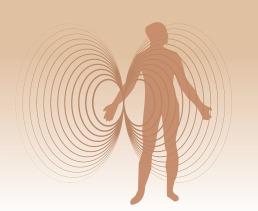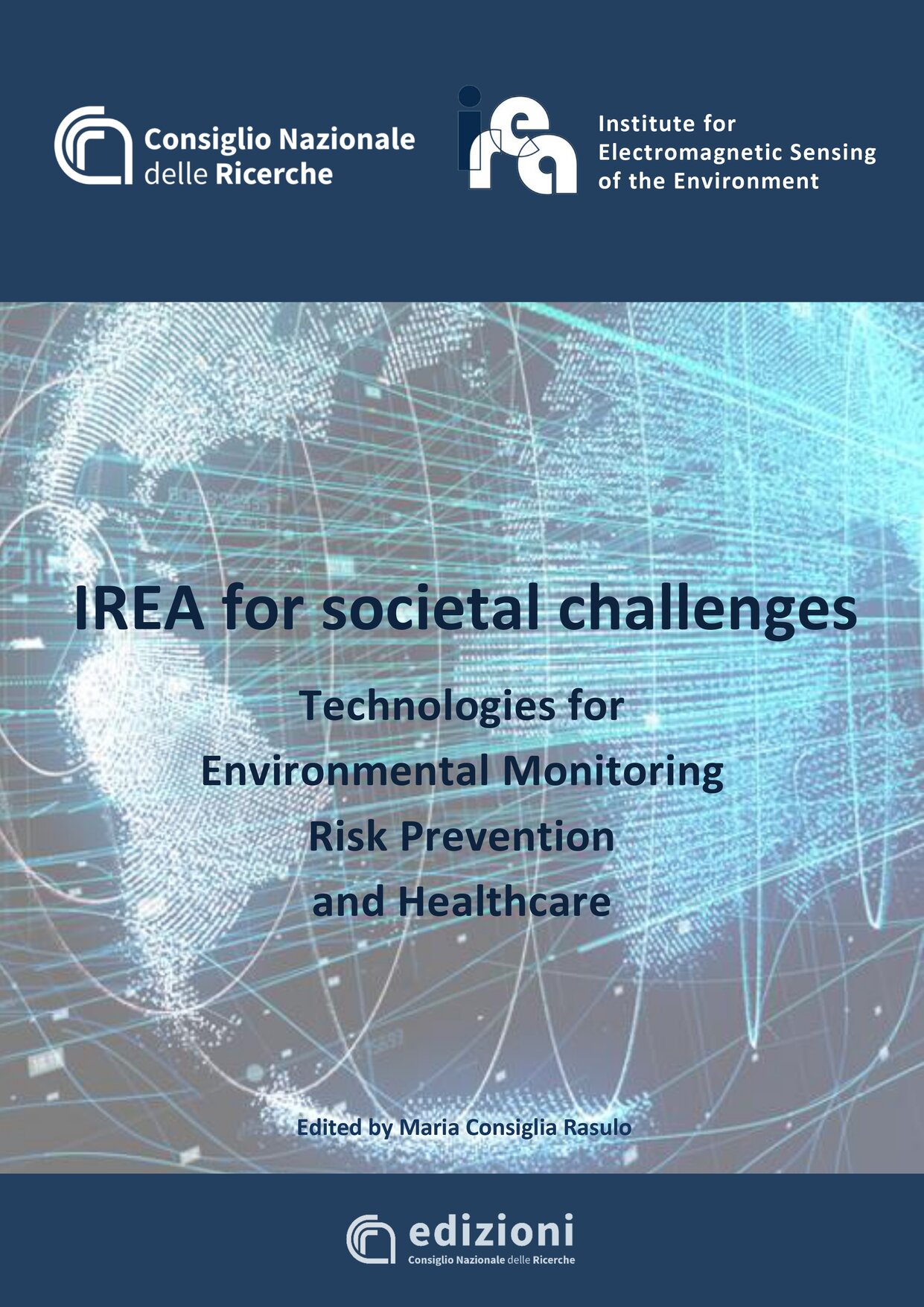 The debate about the influence of electromagnetic fields on human health is still active and controversial, and gives rise to a great concern in the general population for the possible cancer risk in the proximity of power lines, radio-TV stations, radio base stations and mobile phones. On the other hand, the interaction between electromagnetic fields and biological systems are being exploited in clinical and biomedical applications. So, what is the impact of electromagnetic fields on human health? Moreover, can they be useful for new clinical applications under safety conditions?
The debate about the influence of electromagnetic fields on human health is still active and controversial, and gives rise to a great concern in the general population for the possible cancer risk in the proximity of power lines, radio-TV stations, radio base stations and mobile phones. On the other hand, the interaction between electromagnetic fields and biological systems are being exploited in clinical and biomedical applications. So, what is the impact of electromagnetic fields on human health? Moreover, can they be useful for new clinical applications under safety conditions?
For many years, the research activities at IREA have aimed at answering to some of these questions. The attention is focused on non ionizing radiations whose health effects and clinical applications are still of great scientific interest.
Non ionizing radiations have not enough energy to break chemical bonds thus eliciting ionization, and the response of human body to such radiations strictly depends on their frequency. Extremely low frequency electric and magnetic fields, for instance, give rise to electric currents in human body able to stimulate excitable tissues such as nervous and muscular systems.The electromagnetic energy associated to high frequency fields (radiofrequency and microwaves) is absorbed by body tissues and transformed in heat, giving rise to a thermal increase of whole body or portions of it, as a function of exposure characteristics. These acute effects are commonly referred to as thermal effects, being associated with increasing temperature rather than the action of electromagnetic fields by themselves, and are observable only if the temperature increase is greater than the variations caused by normal physiological processes.
The activities at IREA are aimed to assess the possible occurrence of long-term effects at exposures below the threshold intensity for the onset of thermal effects. Through in vitro experiments, carried out on mammalian cell cultures, the possible effects on cancer related cellular parameters are investigated in order to identify whether chronic exposures to electromagnetic fields (EMF) may cause or contribute to the development of cancer.
Moreover, given the high degree of environmental pollution and the large diffusion of EMF sources, the effects of combined exposures to EMF and environmental pollutants and chemicals with well known action mechanism are also evaluated in order to investigate either the occurrence of cooperative effects and the action mechanisms. Cell models are carefully selected on the basis of biological parameters under examination. For EMF exposures, exposure systems are designed and realized in order to allow temperature control of biological samples and the absorbed dose during exposure. After exposures, cell samples are processed for the analysis of the effects by means of sensitive techniques.
Beyond these historical activities, others have been more recently launched, aimed to explore the possible applications of EMF for clinical purposes; among them, the characterization of cellular effects of pulsed electric field of high intensities. The interaction between nanoparticles and EMF in cell cultures is also investigated in order to ameliorate the performance of diagnostic and therapeutic techniques like microwave imaging and hyperthermia, and also taking care of the biocompatibility aspect of nanoparticles. Furthermore, a monitoring activity of electric, magnetic and electromagnetic fields levels in urban and working environment is also carried out in strict cooperation with the Department of Physics of the University “Federico II” of Naples.


